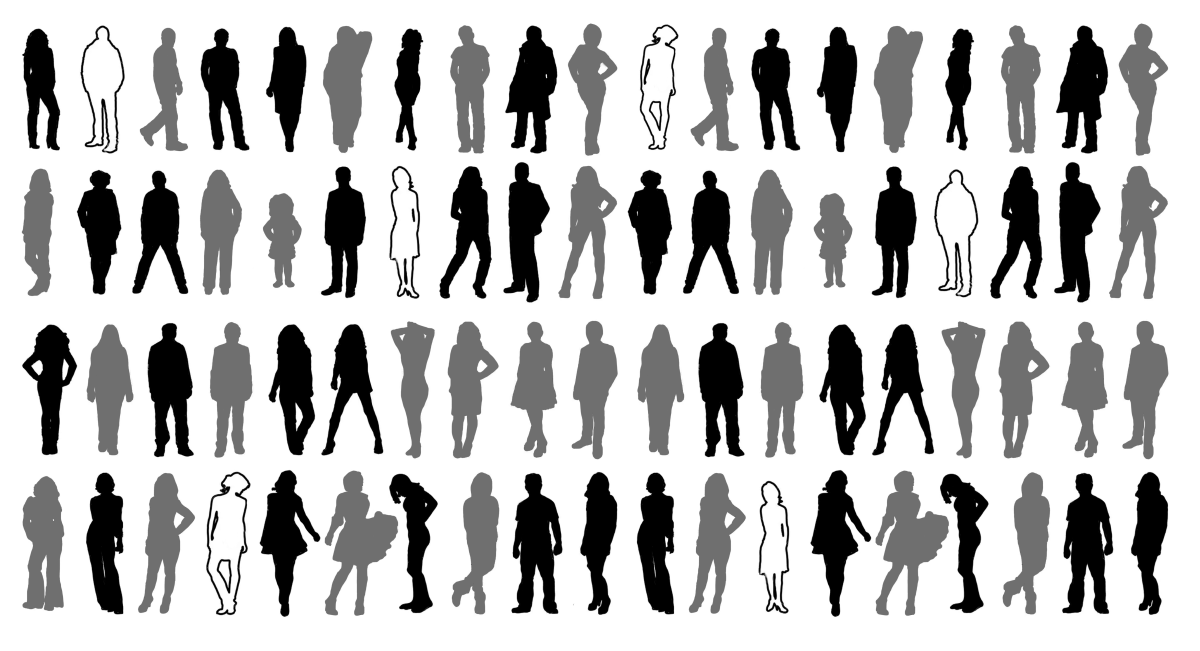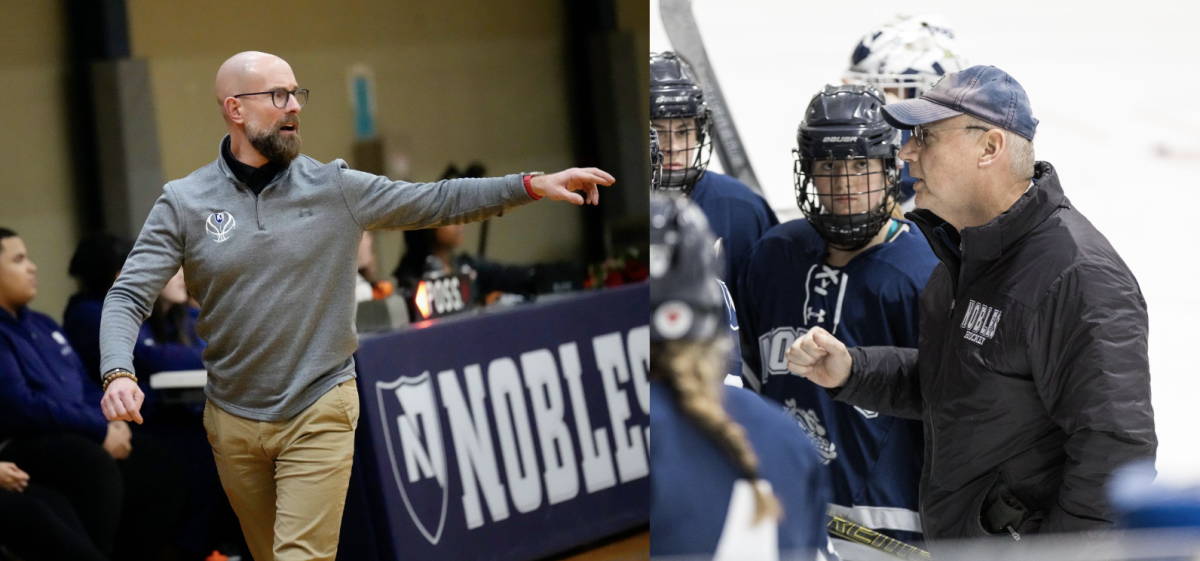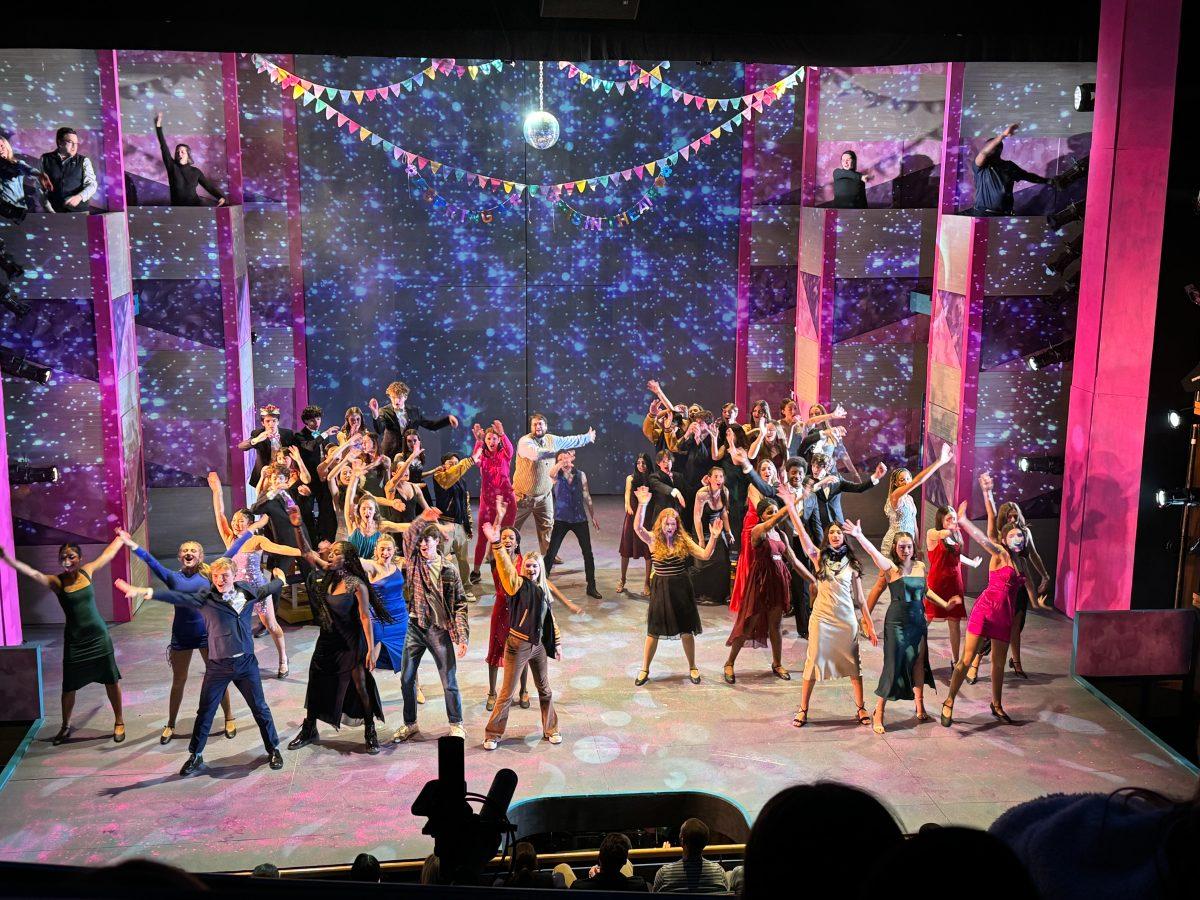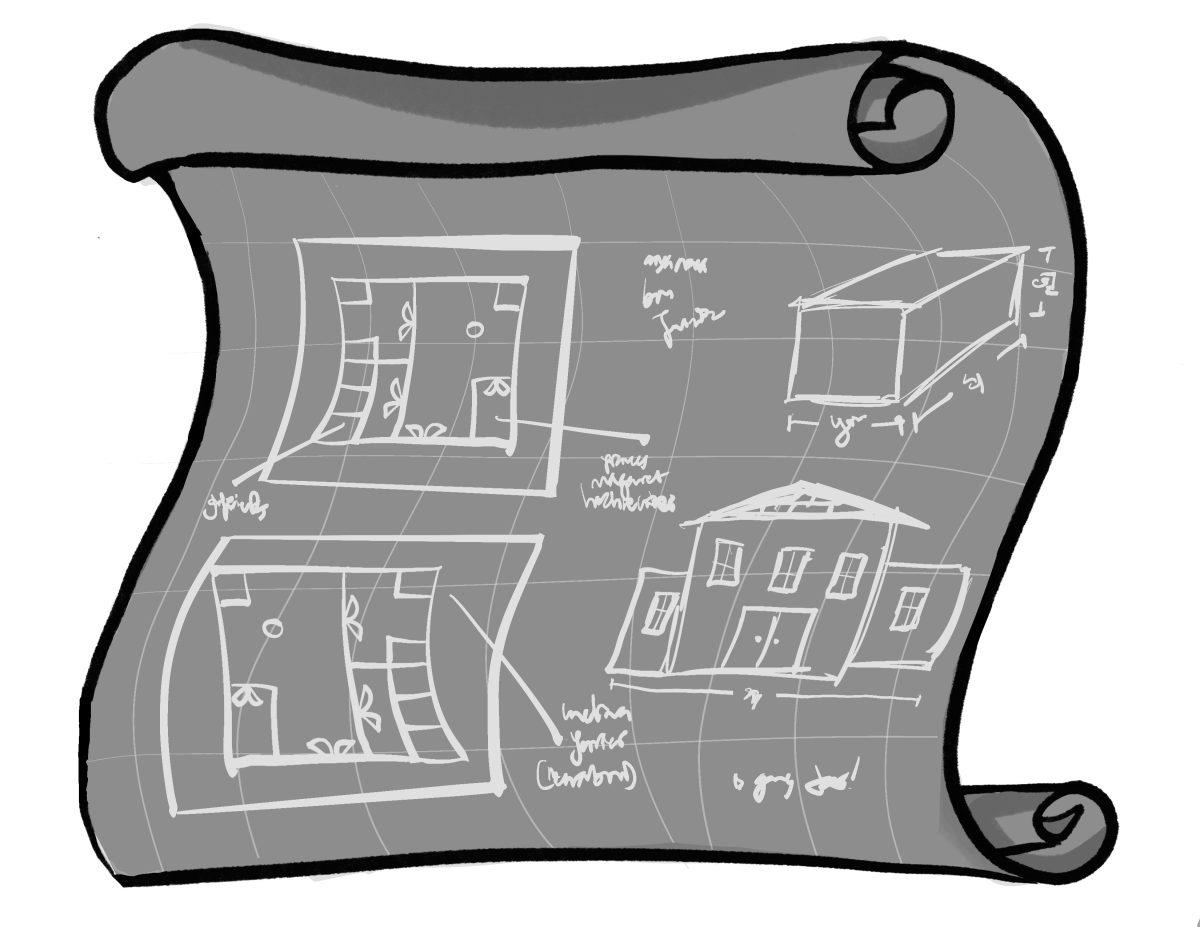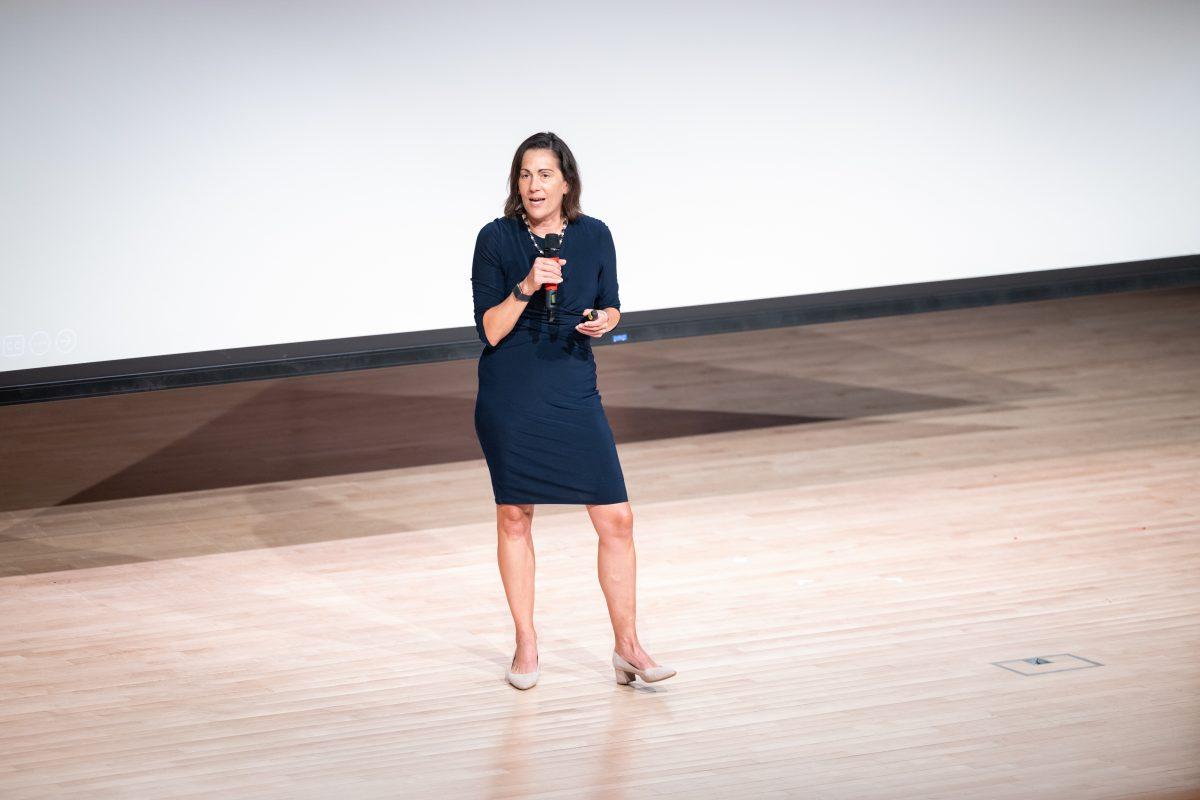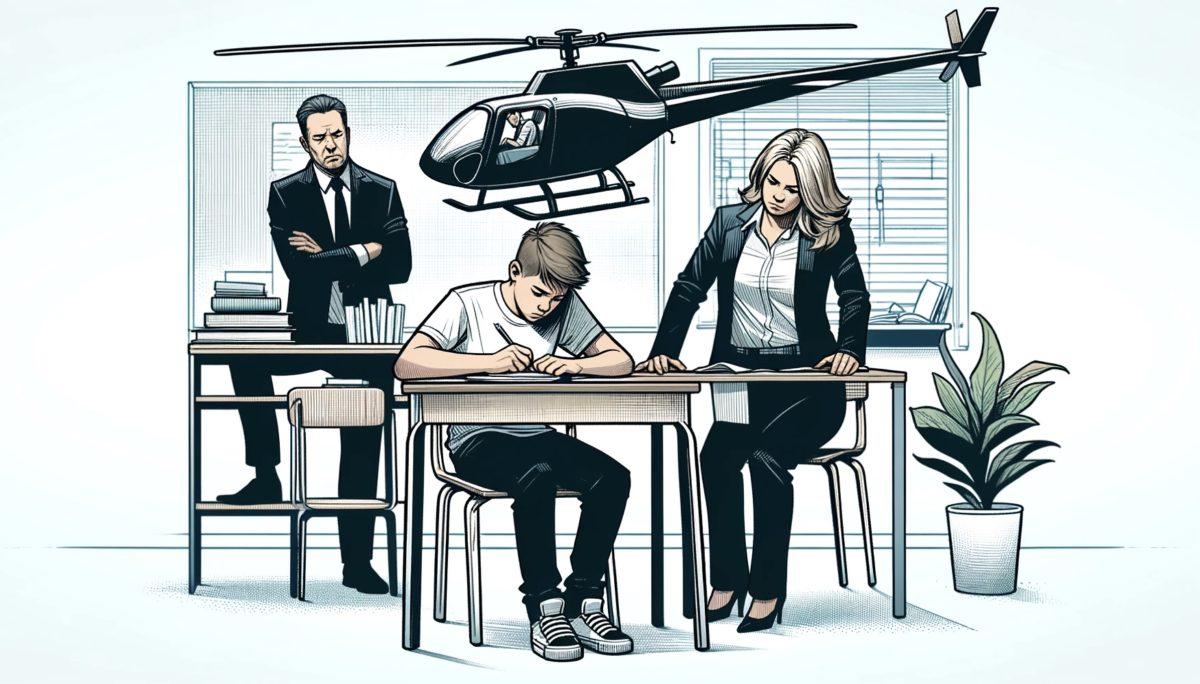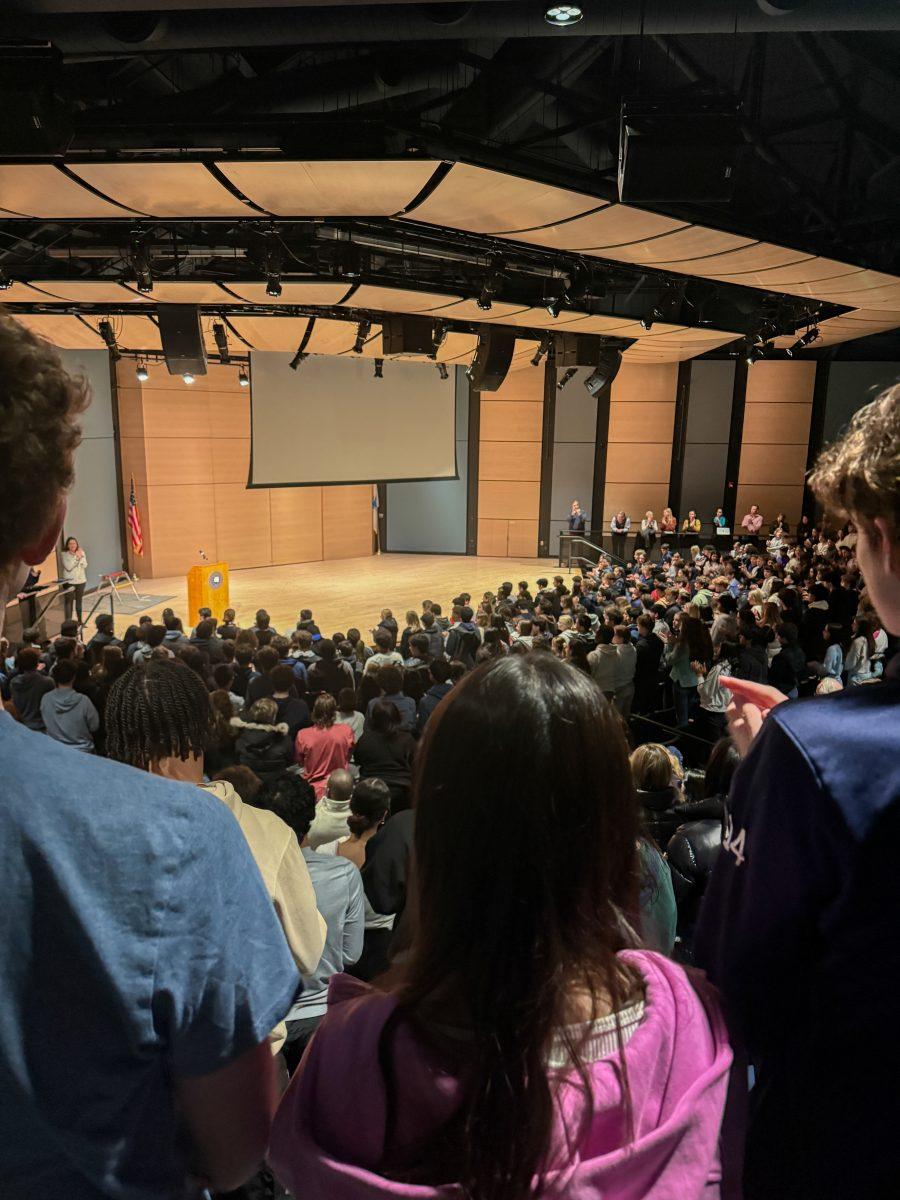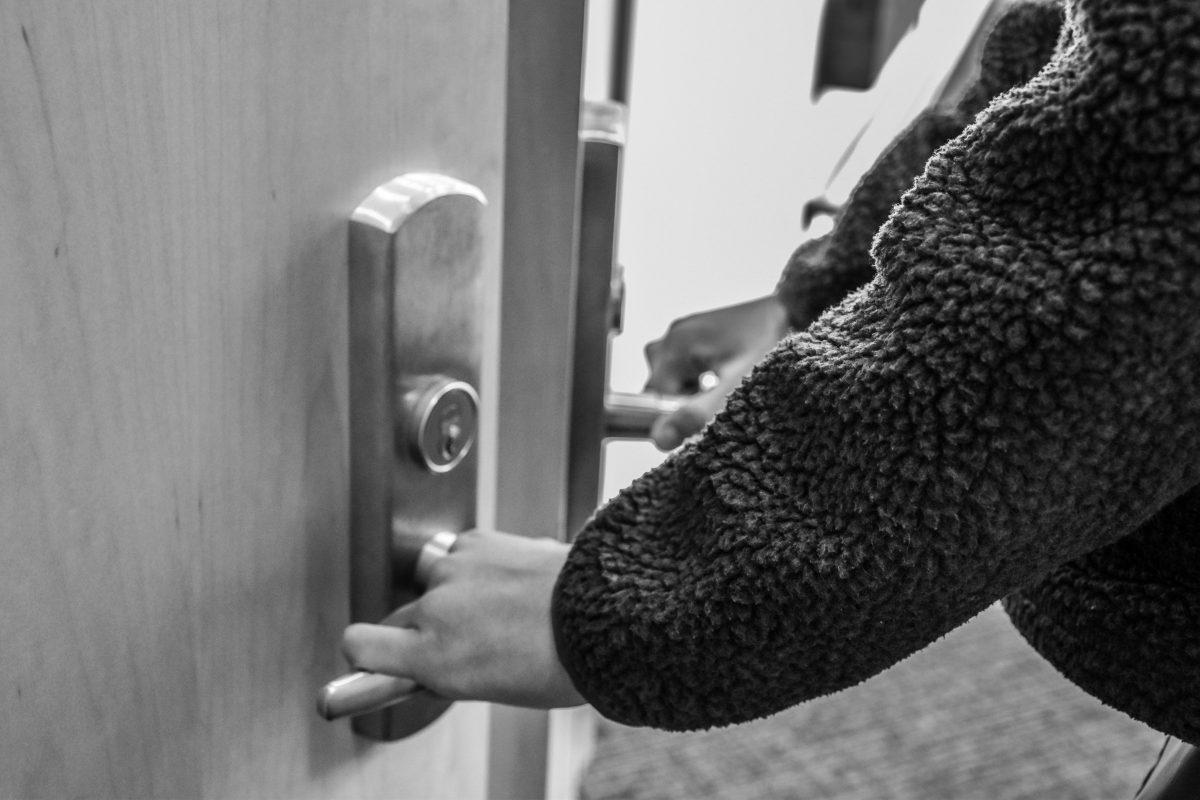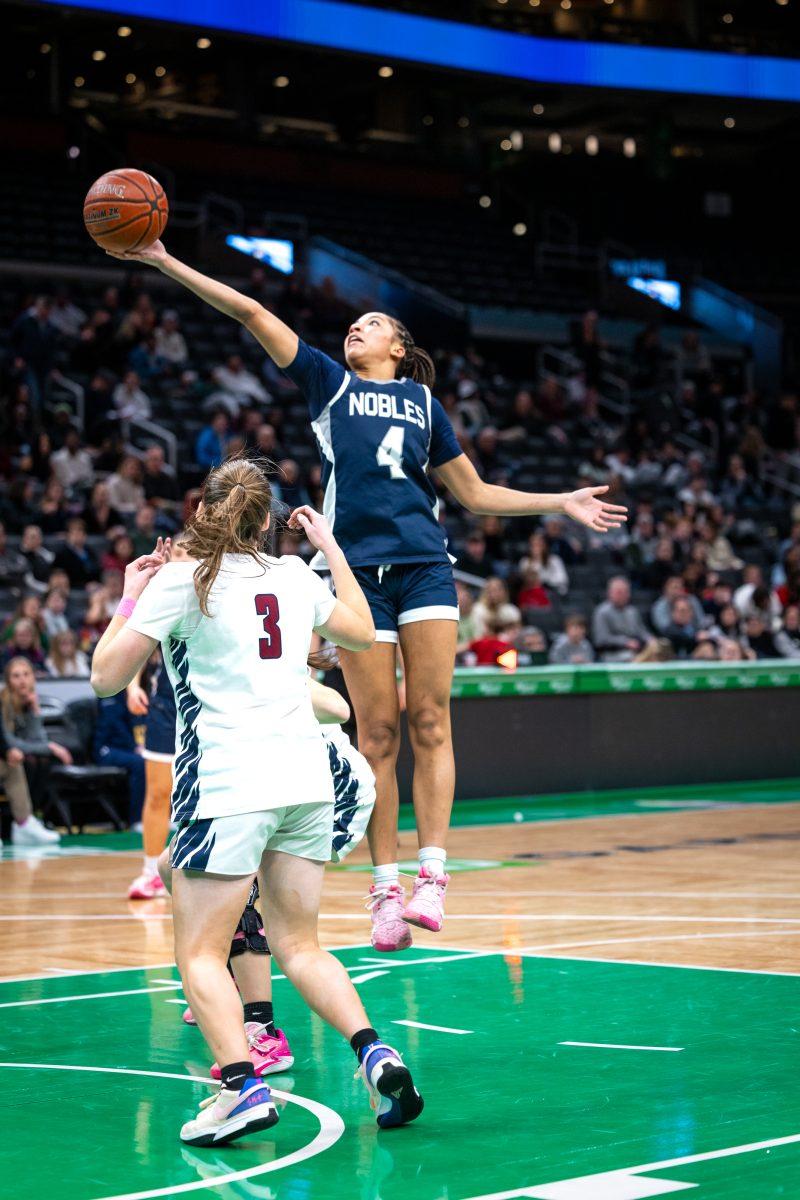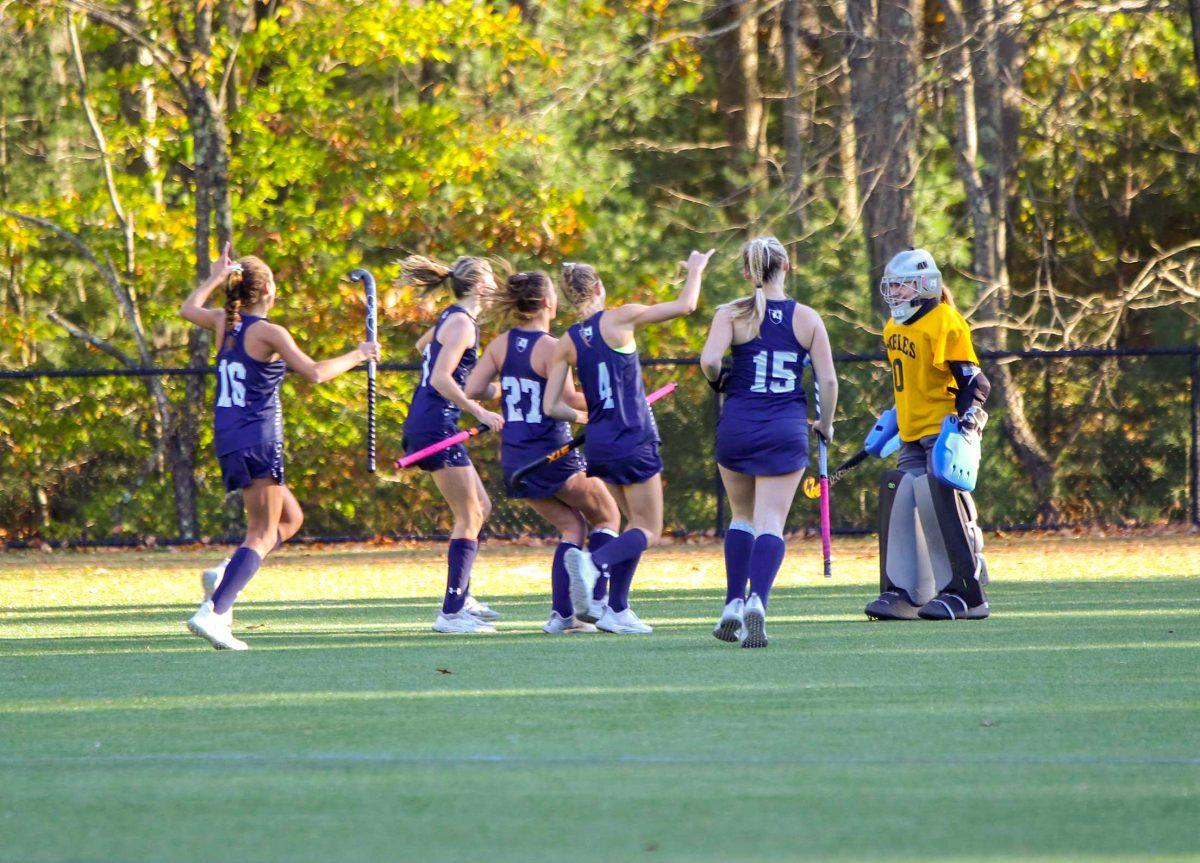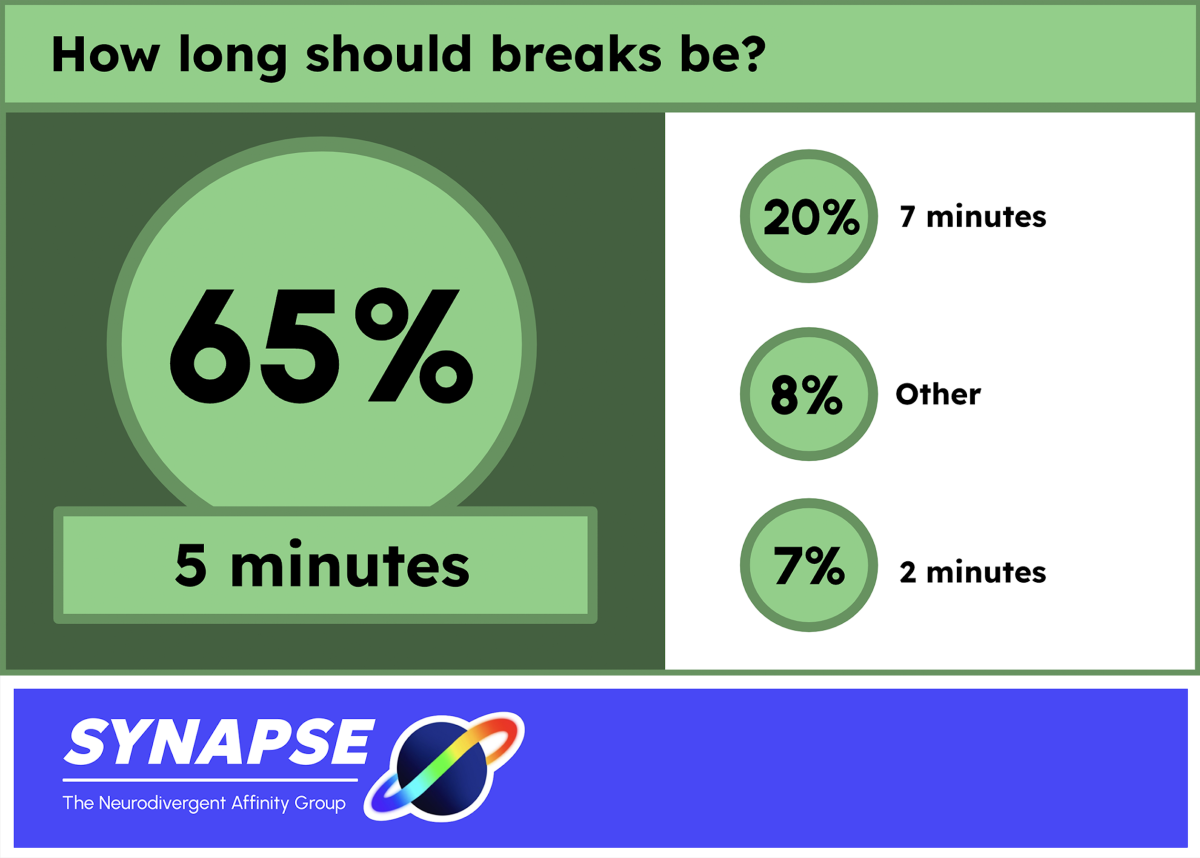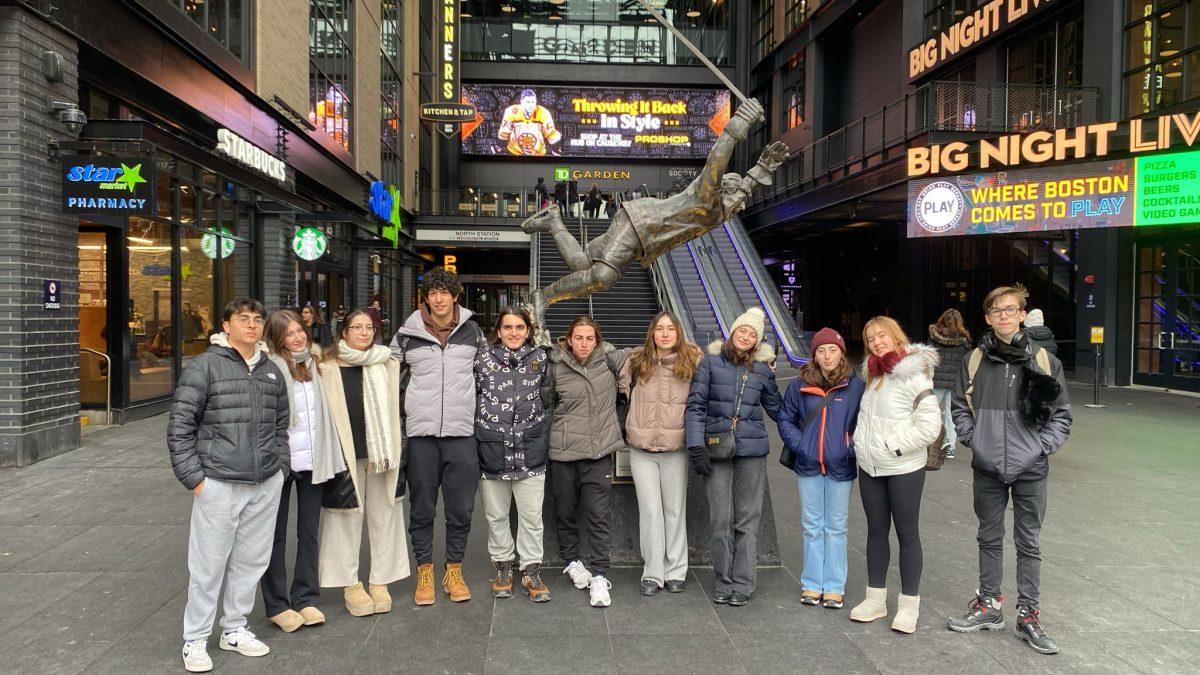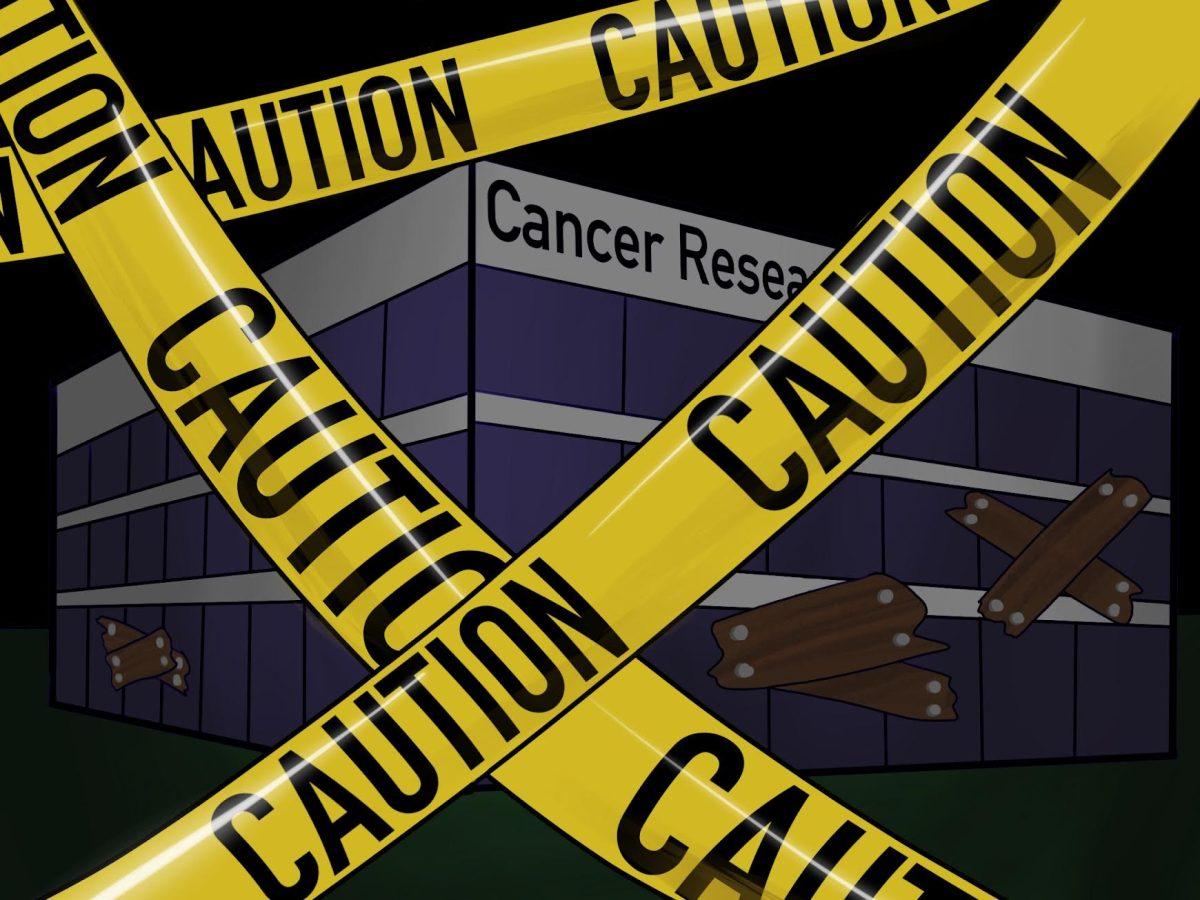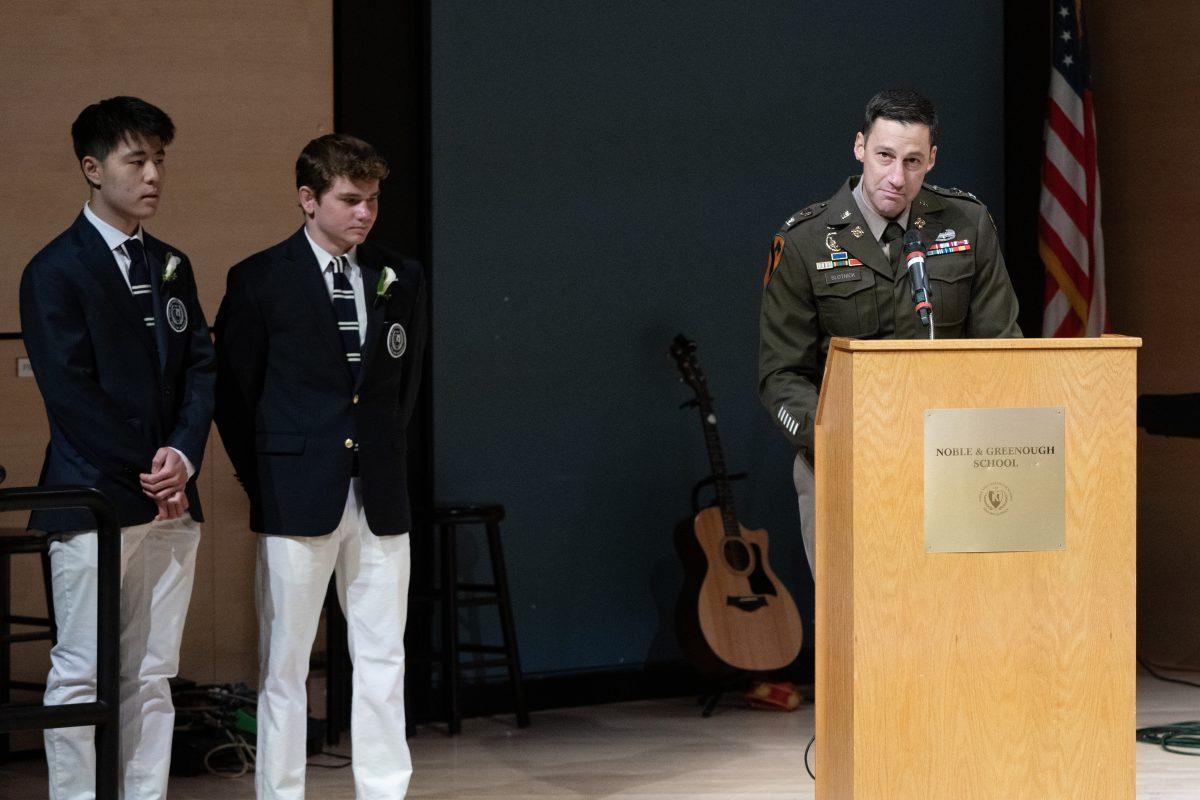Two years ago, the administration informed the Nobles community that 50-minute classes meeting four out of five days a week were now 70-minute classes meeting four out of seven days in a cycle. As with any change, the schedule switch presented a litany of challenges for the Nobles community. Ultimately, two important questions were at the forefront of people’s minds. Students asked, “How will we possibly be expected to sit and absorb information for 70 minutes at a time?” While teachers said, “How can we possibly cover a year’s worth of material with reduced time in class?”
The administration answered these questions with the concept of a movement break. Movement breaks are intentional breaks from sitting designed to help students remain engaged while maintaining a lesson. At the beginning, the Academic Support office and administration prioritized supporting teachers with successfully integrating breaks into their classrooms. “The learning specialists discussed the science behind movement breaks and even shared some ideas with us. There were workshops in which different teachers contributed their thoughts, offering lots of suggestions, including how to incorporate your own subject into these breaks,” Classics Faculty Meghan Glenn said.
Yet despite the administration’s best efforts, two years later, students ask, “Where are our movement breaks?” In an anonymous survey by Amanda Rosa (Class II), around 75% of Nobles students reported that they do not receive breaks regularly. There are two possible explanations for why this is. The first is that students may not realize they are getting movement breaks. When students hear the term movement break, they often assume that it is a full stop break from the lesson. However, in reality, movement breaks are designed to be integrated into a lesson, so a teacher may continue to teach while the class gets a chance to move around a little bit. For example, it could be something as simple as switching seats to work with a partner or going up to the board. While many students do not register this as a movement break, it still benefits the brain.
The other answer is that maybe students are truly no longer given breaks. “Time is finite, and teachers are doing their best,” Academic Support Faculty Molly Miller said. “I hope students understand that teachers have had their best interests at heart. If students are feeling like breaks aren’t happening, ask teachers if it would be helpful to set a timer (if they are forgetting to offer them), or consider whether the breaks are actually happening as part of the lesson (moving to the board to write, switching seats, etc.),” she said. It is true that perhaps teachers may just be too engrossed in their subject matter to remember to give breaks, but whatever the reason, a lack of breaks does a disservice to both the students and the faculty.
“I hope students understand that teachers have had their best interests at heart. If students are feeling like breaks aren’t happening, ask teachers if it would
be helpful to set a timer.”
While some may see breaks as foolish and unnecessary, there have been numerous studies proving the importance of breaks in the classroom. Dr. Leonard G. Cohen conducted a variety of studies of the effectiveness of both movement and brain breaks in the classroom. “Our results support the idea that wakeful rest plays just as important a role as practice in learning a new skill. It appears to be the period when our brains compress and consolidate memories of what we just practiced,” Cohen wrote.
Miller added to the understanding of the science behind breaks. “There’s something called cognitive overload, and that is something that all of us experience when we have too much information coming at us at once,” Miller said. She also gave an example of how cognitive overload may affect Nobles students. “So each day in class, you’re presented with information. If it’s something that you understand or that you’ve been teed up to understand, you might have an easier time than when information is new. If you’re hearing something for the first time, your brain is working extra hard to process the information, so that overload is felt more intensely, ”Miller said. Essentially, the harder the brain is working, the more necessary breaks are. On top of that, Nobles students sit through back-to-back classes, clubs, and rehearsals. We are athletes, artists, and friends, our brains are working hard.
Thankfully, the importance of breaks is not lost on the administration. “I know that Dr Hall and her team are encouraging folks to think critically about what that (classroom experience) looks like for students,” Miller said. Teachers who are consistent in giving brain breaks set a perfect example of this revolutionized classroom environment. For example, Ms. Lyons, who teaches in the middle school, is revered by her students for consistently providing breaks. “Research shows that after 10–20 minutes of talking, students, and people in general, lose focus and stop taking in any new information. While I rarely lecture, I use the idea behind attention spans and plan a break halfway through each class. I do it for two reasons. One, just to literally take a brain break, to stop thinking about what we are doing, and two, to build community,” Lyons said. Movement breaks are an opportunity to refresh minds and enhance classroom culture. Nobles greatly emphasizes the importance of approaching challenges with flexibility and a community-driven mindset. As such, The Nobleman implores faculty members to practice what they preach.

